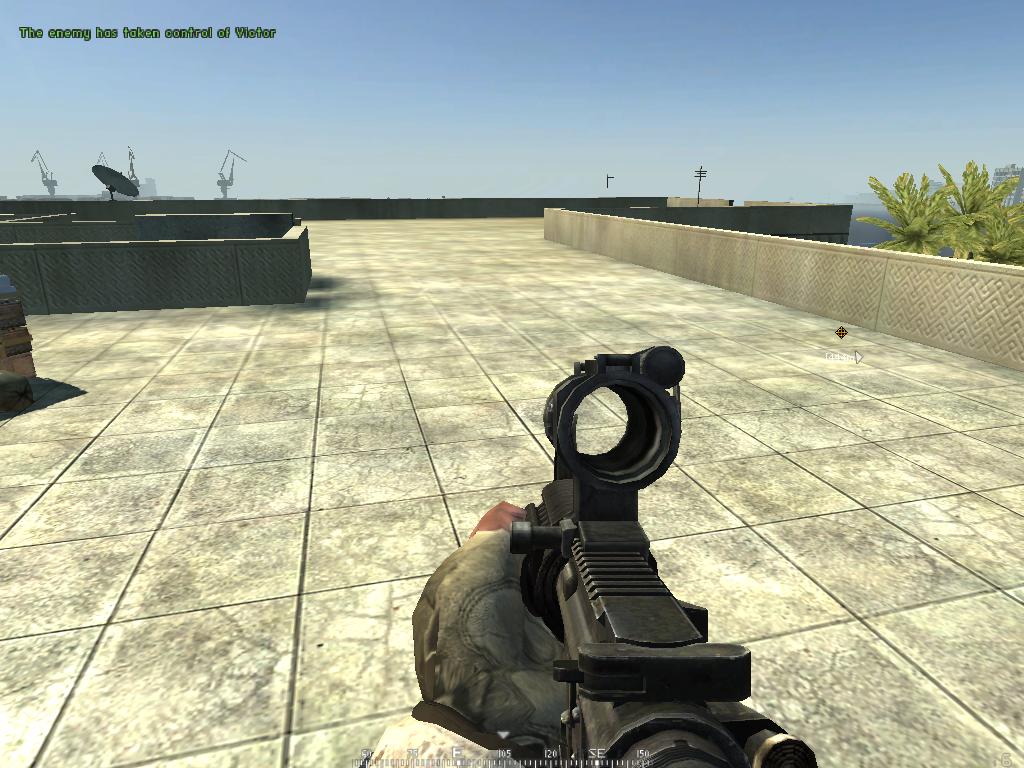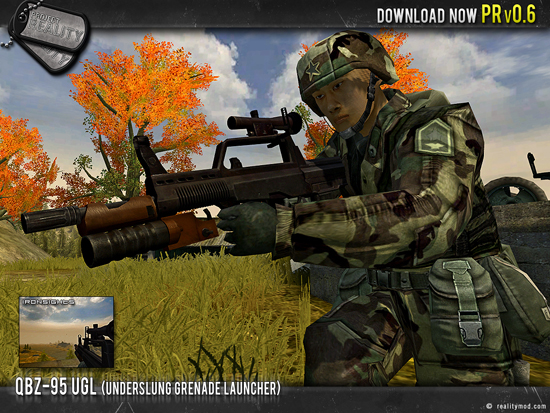


If you already have an HTC Vive or Vive Cosmos Elite, and their base stations (not the regular Cosmos), you can buy only the controllers for $280 to breathe new life into your VR experience without investing in the full Valve Index system. The Index's higher refresh rate makes for smoother action, as well, which is another nice bonus. It's very impressive technology, and wowed us enough to recommend this headset.

They can track individual finger movements, making games (that take advantage of them) much more immersive than the standard trigger grips on other controllers. Yet, the Valve Index is currently our favorite tethered VR headset.Īlthough the headset itself isn't that impressive, its controllers are revolutionary. That's hard to swallow, even if the Index features a 120Hz refresh rate, notably higher than most of its competitors (with an experimental 144Hz mode). It costs $999 if you buy everything you need for it to work (except the computer, of course). Valve's own PC-tethered VR headset, the Valve Index, is one of the priciest. The cable is expensive, but considering the Quest 2 is $100 less than the original Quest, it still comes out ahead in value even after adding the accessory. The $79 Oculus Link cable is a five-meter USB-C cable that lets you connect the Quest 2 to your PC and use it just like the tethered Rift S to play PC-specific VR games like Half-Life: Alyx. This doesn't mean you can't enjoy tethered VR with the Quest 2, though. It has two motion controls for full 6DOF head-and-hand motion tracking, and offers a surprisingly robust library of VR software in its onboard store. It offers a comprehensive VR experience in a single package with no wires needed (except to charge the headset), and currently provides the highest resolution of any consumer VR headset at 1,920 by 1,832 per eye.

The Oculus Quest 2 is a $300 standalone VR headset powered by the Qualcomm Snapdragon 865 chipset, a considerable upgrade in power over the original Quest and its Snapdragon 835 chipset. This doesn't mean you can't enjoy PC VR on the company's new headset you'll just need to get an accessory cable for it. The company's bowing out of the dedicated, tethered VR headset, though, discontinuing the Rift S in favor of focusing entirely on the standalone Quest 2. The Oculus Rift was the first big name in the current wave of VR, and Oculus is still a major player in the category.


 0 kommentar(er)
0 kommentar(er)
